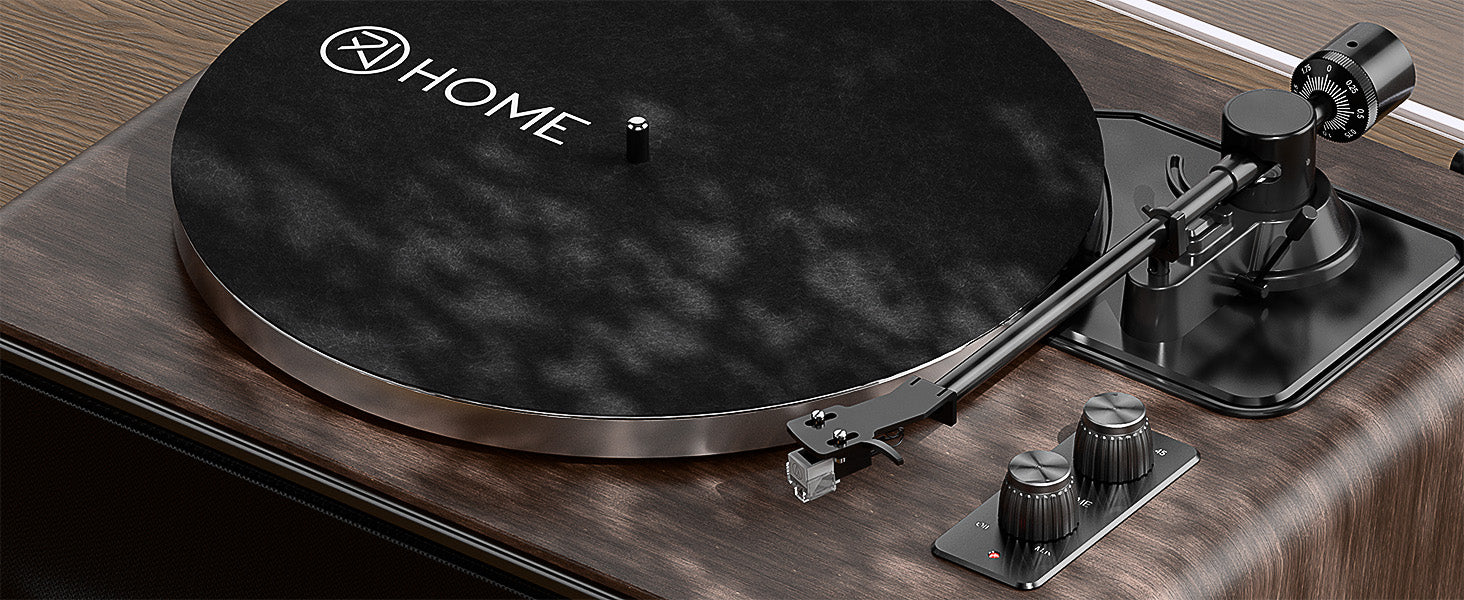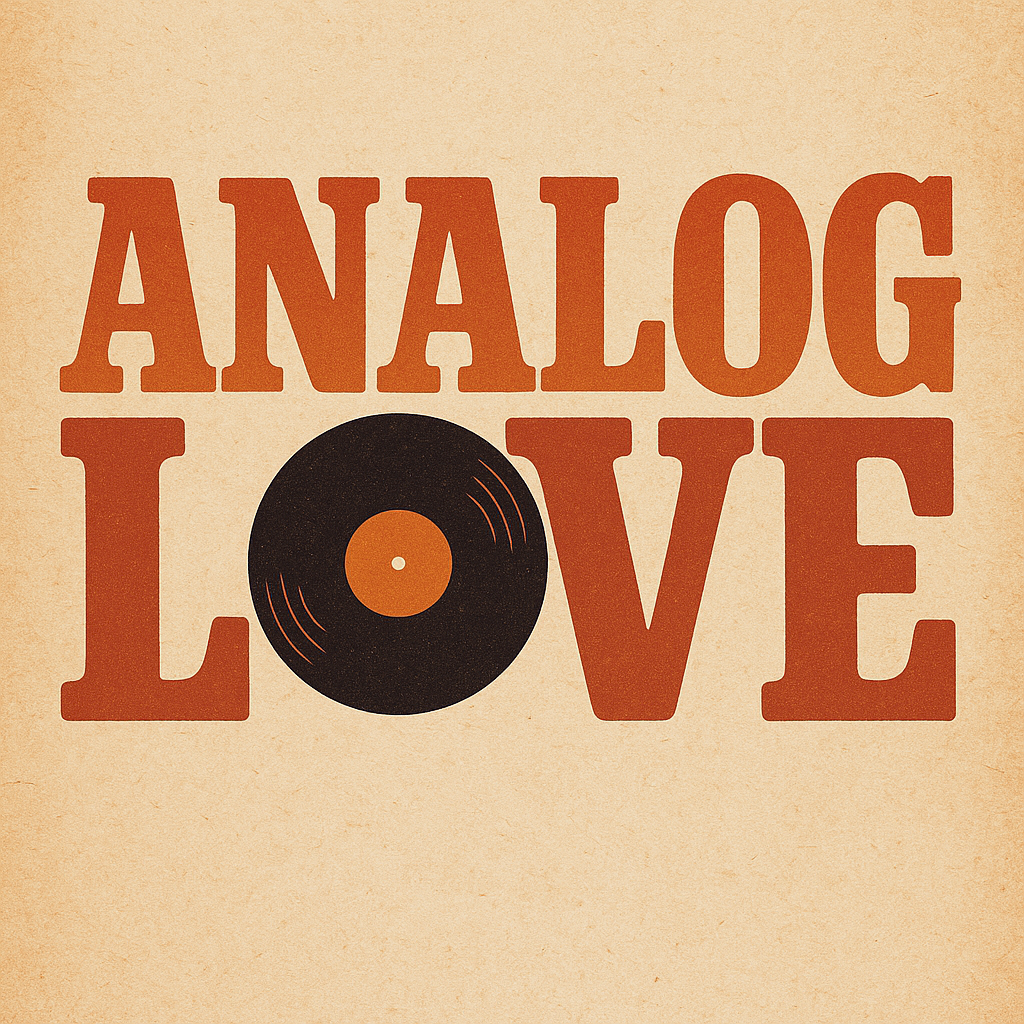The world of vinyl is a fascinating intersection of past and present. For newcomers and seasoned collectors alike, one of the most fundamental decisions revolves around the turntable itself: do you embrace the charm and supposed sonic magic of a vintage machine, or opt for the convenience and technological advancements of a modern record player? This isn't just a matter of aesthetics; it's a choice that impacts sound quality, maintenance, features, and your overall relationship with your record collection. Let's dissect this often-passionate debate, moving beyond platitudes to uncover the genuine pros and cons of each path.
Defining Our Terms: What is "Vintage" in Turntable Parlance?
When we speak of "vintage" record players in a hi-fi context, we're generally referring to turntables manufactured during what many consider the "golden age of audio," roughly spanning the late 1960s through the early 1980s. This era saw intense competition and innovation, with brands like Thorens, Garrard, Lenco, Dual, Marantz, Pioneer, and the original Technics producing turntables that, in many cases, were built to incredibly high standards. "Modern" encompasses everything from the vinyl resurgence of the 2000s to the present day, featuring a vast array of brands and technologies.
The Allure of Yesteryear: Why Go Vintage?
The siren song of vintage turntables is strong, and for compelling reasons:
-
Potential for Superlative Build Quality & Craftsmanship:
-
The "They Don't Make 'Em Like They Used To" Argument: In many instances, this holds true. During the golden age, turntables were often flagship products, engineered with robust platters, substantial plinths, and precision tonearms. The materials used were frequently high-grade metals and woods, designed for longevity and performance. The mass-market approach of some modern, lower-priced units can't compare to the over-engineering common in top-tier vintage decks.
-
First Principles at Play: Many vintage designs were based on fundamental principles of physics and mechanics aimed at optimal stylus tracking and vibration control, often executed with a directness that some modern, feature-laden designs can obscure.
-
-
Unique Sonic Signatures & "Warmth":
-
While highly subjective and often debated, many enthusiasts claim vintage turntables possess a certain "warmth" or "musicality" that can be different from the often more clinical or analytical presentation of some modern decks. This can be attributed to various factors, including the materials used, the types of cartridges prevalent at the time (and how they interact with older tonearm designs), and even the pleasant coloration introduced by aging components (though this can also be a detriment).
-
-
Aesthetic Appeal & Nostalgia:
-
There's no denying the visual charm of a well-maintained vintage turntable. The wood veneers, brushed aluminum, chunky knobs, and classic design language evoke a sense of history and enduring style that many find irresistible. For some, it's a tangible connection to a cherished era of music.
-
-
The Thrill of the Hunt & Potential for Value:
-
Finding a neglected classic at an estate sale or flea market and restoring it to its former glory can be immensely satisfying. If you're knowledgeable and lucky, you might acquire a turntable that originally cost a fortune for a fraction of its modern equivalent's price, offering exceptional sonic performance for the investment.
-
The Flip Side: Caveats and Realities of Vintage Ownership
Before you dive headfirst into the vintage market, it's crucial to acknowledge the potential pitfalls:
-
The "As Is" Reality: Wear, Tear, and the Need for TLC:
-
These are machines that are decades old. Rubber belts perish, lubricants dry up, idler wheels harden, and capacitors drift out of spec or fail. Unless a turntable has been meticulously maintained or professionally restored, it will likely require some level of service to perform optimally and safely.
-
-
Component Aging & Sonic Degradation:
-
What might initially sound "warm" could actually be the result of aging capacitors rolling off high frequencies or a worn stylus mis-tracking. The original sonic intent can be masked by decades of use and component degradation.
-
-
Outdated Feature Sets & Connectivity:
-
Don't expect USB outputs, Bluetooth connectivity, or built-in phono preamplifiers (though some high-end vintage receivers/amps had excellent phono stages). Integration with modern audio systems might require additional components or workarounds.
-
-
The Restoration Gamble: Time, Cost, and Expertise:
-
Restoring a vintage turntable can be a labor of love, but it can also be a rabbit hole of unexpected costs and technical challenges. Sourcing original or compatible parts can be difficult and expensive. Specialized knowledge is often required for tasks like tonearm rewiring, motor servicing, or complex mechanical adjustments.
-
-
Inconsistent Performance & Reliability:
-
Even a restored vintage deck might exhibit quirks or require more frequent adjustments than a new unit. Speed stability, for instance, might not be as rock-solid as a modern quartz-locked direct drive or a sophisticated electronically regulated belt drive unless the vintage unit was top-of-the-line and perfectly serviced.
-
The Case for Modern: Innovation, Convenience, and Peace of Mind
Modern turntables offer a host of advantages, particularly for those seeking a more straightforward path to vinyl enjoyment:
-
Out-of-the-Box Performance & Warranties:
-
A new turntable comes with the assurance that all components are fresh and functioning as intended. Manufacturer warranties provide peace of mind against defects, something entirely absent with private vintage sales.
-
-
Technological Advancements:
-
Motor Control: Modern direct drive turntables often feature coreless motors and sophisticated servo systems for exceptional speed stability and low noise, surpassing many vintage designs. Belt drive models benefit from improved motor isolation, precision-machined pulleys, and electronic speed control.
-
Materials Science: New materials for plinths (like MDF, acrylic, carbon fiber), platters (acrylic, high-mass aluminum alloys), and tonearms (carbon fiber, advanced alloys) contribute to better resonance control and performance.
-
Tonearm & Cartridge Design: Modern tonearms often feature improved bearing designs, better internal wiring, and are optimized for contemporary cartridge compliance. Cartridge technology itself has also advanced, offering greater detail retrieval and tracking ability across various price points.
-
-
Modern Conveniences & Features:
-
Many modern turntables, especially at entry to mid-levels, include built-in (and often switchable) phono preamplifiers, making them easy to connect to any amplifier or powered speakers. USB outputs for digitizing vinyl and Bluetooth connectivity are also common.
-
-
Ease of Setup & User-Friendliness:
-
Manufacturers generally design modern turntables for easier setup, often with pre-mounted cartridges and clear instructions. This lowers the barrier to entry for newcomers.
-
-
Wide Availability, Support, and Upgrade Paths:
-
A vast selection of modern turntables is available at various price points. Manufacturer support, readily available accessories, and clear upgrade paths (e.g., better cartridges, platters, external power supplies) are significant advantages.
-
Potential Downsides of Modern Turntables
While compelling, the modern route isn't without its own considerations:
-
The "Value Engineering" Factor:
-
At the budget end of the market, some modern turntables can feel less substantial than their vintage counterparts, with more plastic components and lighter construction. To hit a price point, compromises are inevitable.
-
-
Price for True Audiophile Quality:
-
While excellent entry-level modern decks exist, achieving the same level of sheer engineering and build quality found in some top-tier vintage classics can require a significant financial outlay for a new model.
-
-
"Feature Creep" vs. Core Performance:
-
Sometimes, the inclusion of numerous features (like Bluetooth or basic USB) in budget models might come at the expense of investment in core components like the tonearm, platter, or motor quality.
-
Vintage vs. Modern: A Head-to-Head Perspective
| Feature | Vintage Potential | Modern Potential | Key Considerations |
|
Sound Quality |
Can be exceptional; "warmth"; characterful. |
Can be highly accurate, detailed, neutral; low noise. |
Depends heavily on specific model, condition (vintage), and price point (both). |
|
Build Quality |
Often robust, over-engineered (esp. higher-end). |
Varies widely; excellent at high end, lighter at budget. |
Materials, mass, precision engineering. |
|
Maintenance |
High; likely needs initial restoration & ongoing TLC. |
Low; minimal maintenance beyond stylus care. |
Availability of parts for vintage; reliability of new components. |
|
Reliability |
Variable; depends on age, condition, restoration. |
Generally high, especially with warranty. |
Component aging (vintage) vs. out-of-box functionality (modern). |
|
Features |
Basic; focused on playback. |
Often includes phono preamps, USB, Bluetooth. |
Do you need/want modern conveniences? |
|
Cost & Value |
Can be high value if a gem is found & restored. |
Predictable cost; good value at many price points. |
Restoration costs for vintage; long-term value. |
|
Aesthetics |
Classic, often wood/metal; nostalgic. |
Diverse; minimalist, contemporary, retro-inspired. |
Highly personal preference. |
|
Ease of Use |
Can be more involved; manual operation common. |
Generally user-friendly; auto features available. |
Important for beginners. |
Making the Choice: What Kind of Audiophile Are You?
Ultimately, the "best" choice depends on your individual priorities, skills, budget, and philosophy:
-
The Hands-On Hobbyist/Restorer: If you relish the idea of tinkering, learning the mechanics, and bringing a piece of audio history back to life, vintage can be incredibly rewarding. The journey is part of the appeal.
-
The Plug-and-Play Enthusiast: If you want excellent sound with minimal fuss, a modern turntable offers reliability and ease of use, allowing you to focus on enjoying your records.
-
The Budget-Conscious Explorer: Vintage can offer high-end sound for less, but it's a gamble. A well-chosen entry-level modern deck provides a safer, more predictable route to good sound on a budget.
-
The Aesthete: If a specific vintage look is paramount, that might guide your choice, but be prepared for the potential maintenance. Modern turntables also offer a wide range of stylish designs.
-
The Tech-Forward Collector: If features like USB archiving or Bluetooth streaming are important, modern is the clear winner.
Many seasoned audiophiles, like those we often connect with at XJ-HOME, appreciate the merits of both. Some may have a meticulously restored vintage centerpiece, while others might prefer the cutting-edge performance of a contemporary design. The common thread is the pursuit of a captivating listening experience. For those diving into the world of vintage audio, a resource like Audiokarma.org can be invaluable for its vast community knowledge on vintage equipment repair and restoration.
The vintage versus modern debate has no single right answer. It's about understanding the trade-offs and choosing the path that best aligns with your personal vinyl voyage. Whether you opt for the character of a bygone era or the precision of today's technology, the goal remains the same: to connect deeply with the music pressed into those timeless grooves.





Leave a comment
All comments are moderated before being published.
This site is protected by hCaptcha and the hCaptcha Privacy Policy and Terms of Service apply.